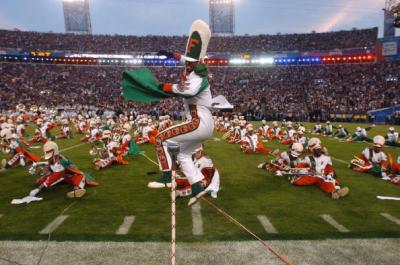HBCU Football Different, But Still Impactful
Another college football season started Sept. 1, with the bulk of attention heaped on the usual suspects, powerhouse programs such as Oklahoma, Alabama and Louisiana State. Such schools — members of lucrative Bowl Championship Series conferences — enjoy regular appearances on national TV, play in stadiums that seat 80,000 to 100,000 fans and often appear in bowl games with $20 million payouts.
But there’s a less-publicized, less-affluent version of the game that’s still going strong, too, more than 100 years since Livingstone College and Biddle College (now Johnson C. Smith University) met on Dec. 27, 1892.
That was the first black college football game; there will be hundreds more this season featuring the 52 teams from historically black colleges and universities — including Livingstone and Johnson C. Smith, which renew their 119-year-old rivalry on Nov. 5 in Charlotte, N.C., in the Commemorative Classic.
Four college leagues consist of HBCUs: the Mid-Eastern Athletic Conference (MEAC), the Southwestern Athletic Conference (SWAC), the Central Intercollegiate Athletic Association (CIAA) and the Southern Intercollegiate Athletic Conference (SIAC). A handful of other HBCUs play in mainstream leagues — the Ohio Valley Conference (Tennessee State) and the Pennsylvania State Athletic Conference (Cheyney) — or play as independents (Langston).
But no matter what level of football a black college plays, there’s usually a “classic” or two to get everyone pumped up. These games take all the pageantry of regular HBCU contests, draw huge crowds to large, off-campus stadiums and morph into a combination of Homecoming-Black Family Reunion-Freaknic-NBA All-Star Game Weekend-Stone Soul Picnic.
 Follow
Follow

